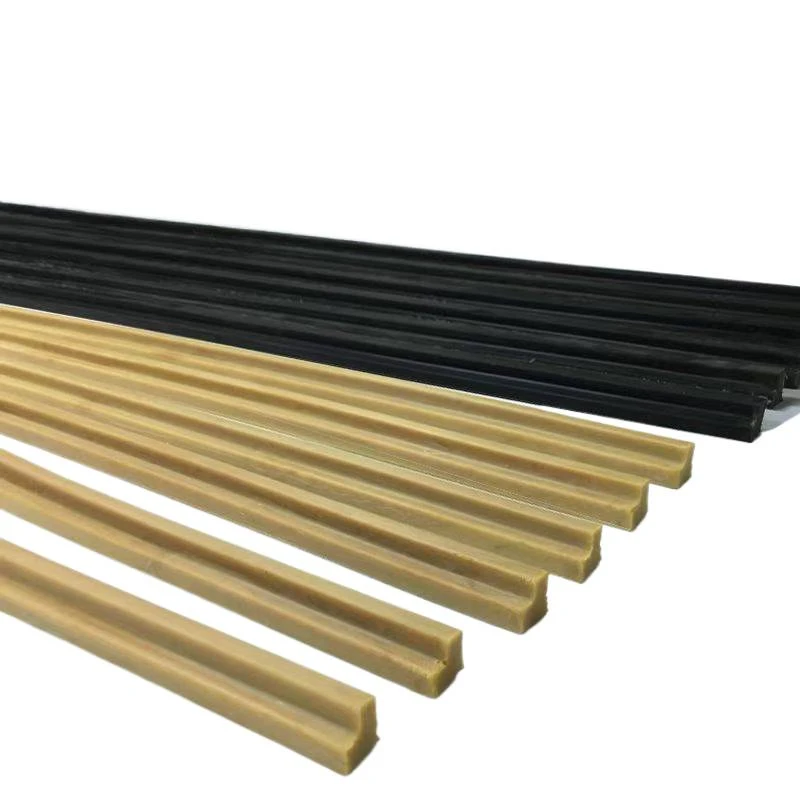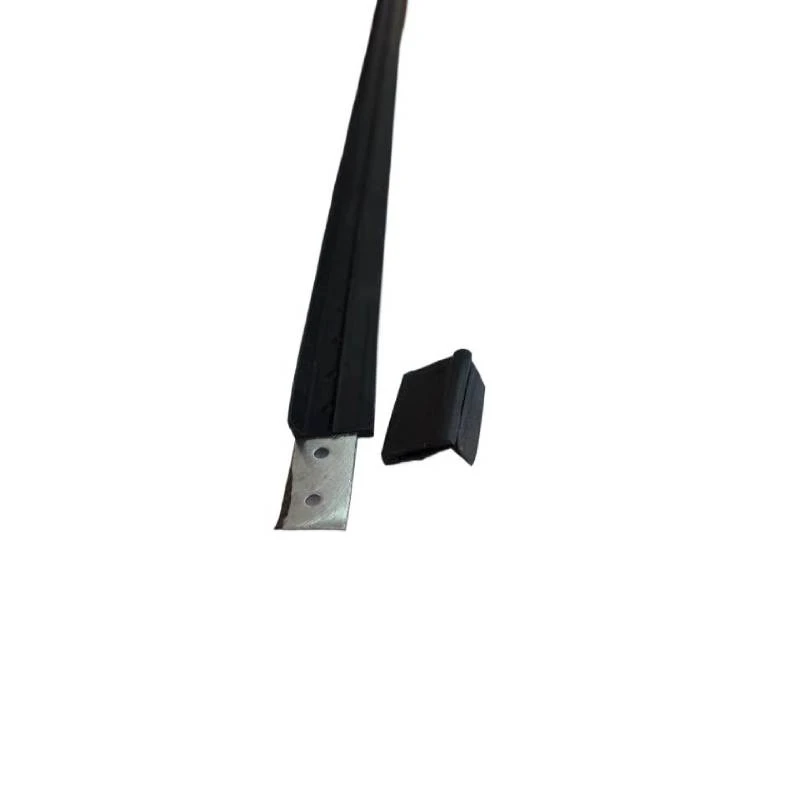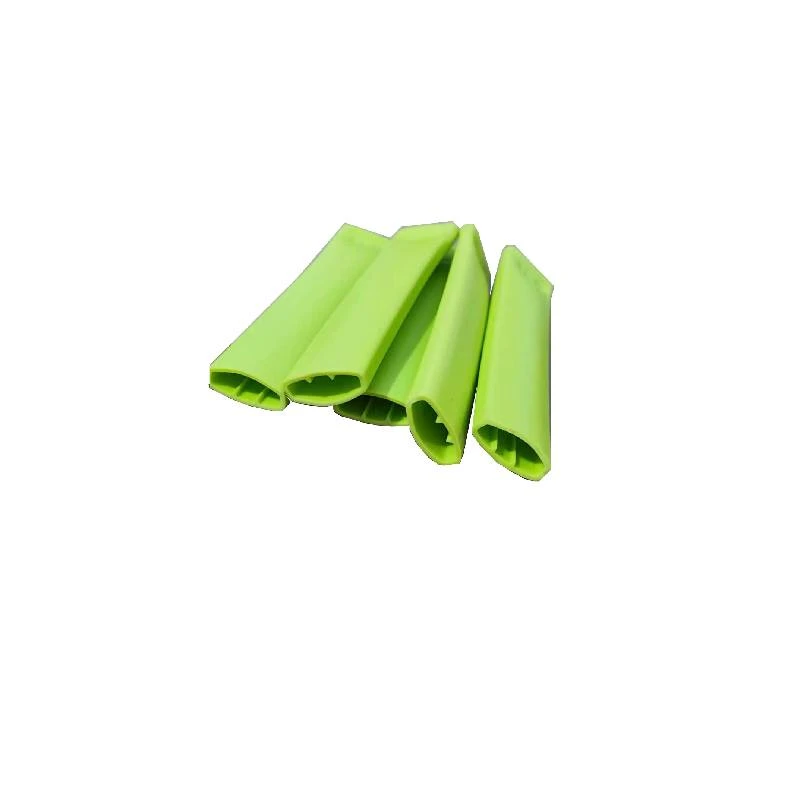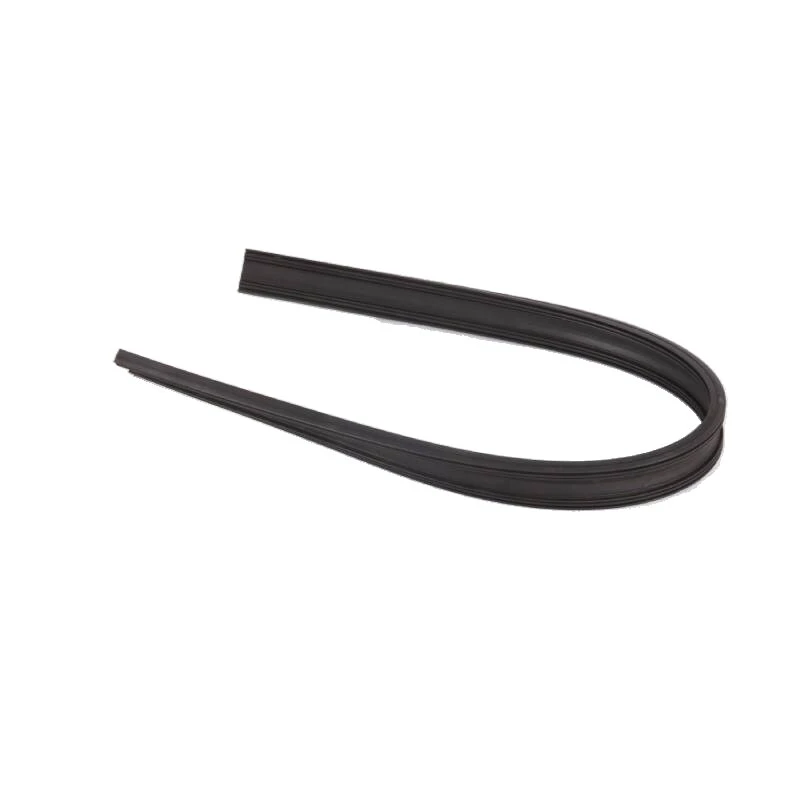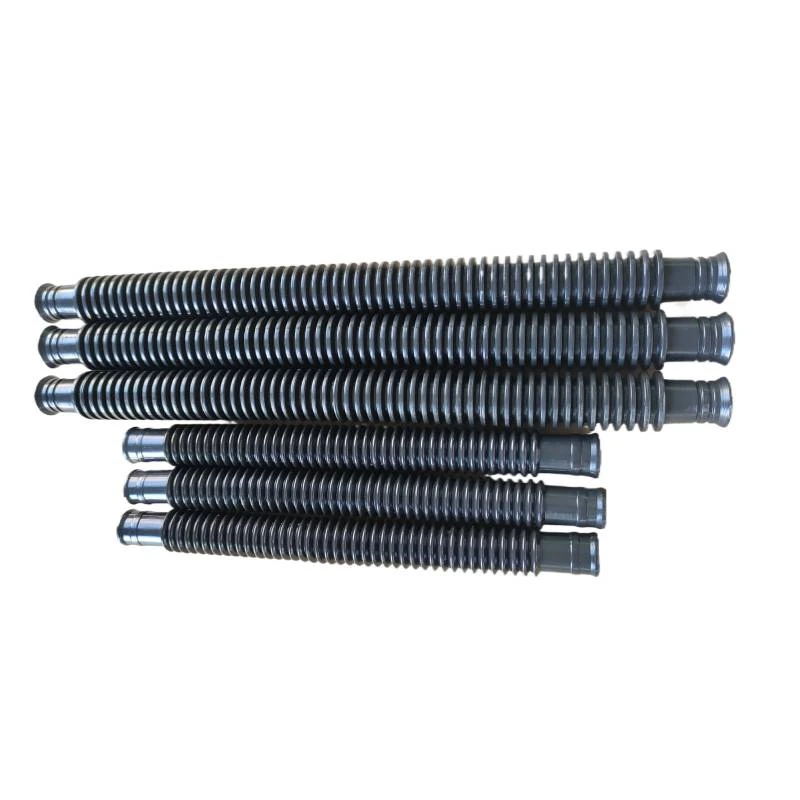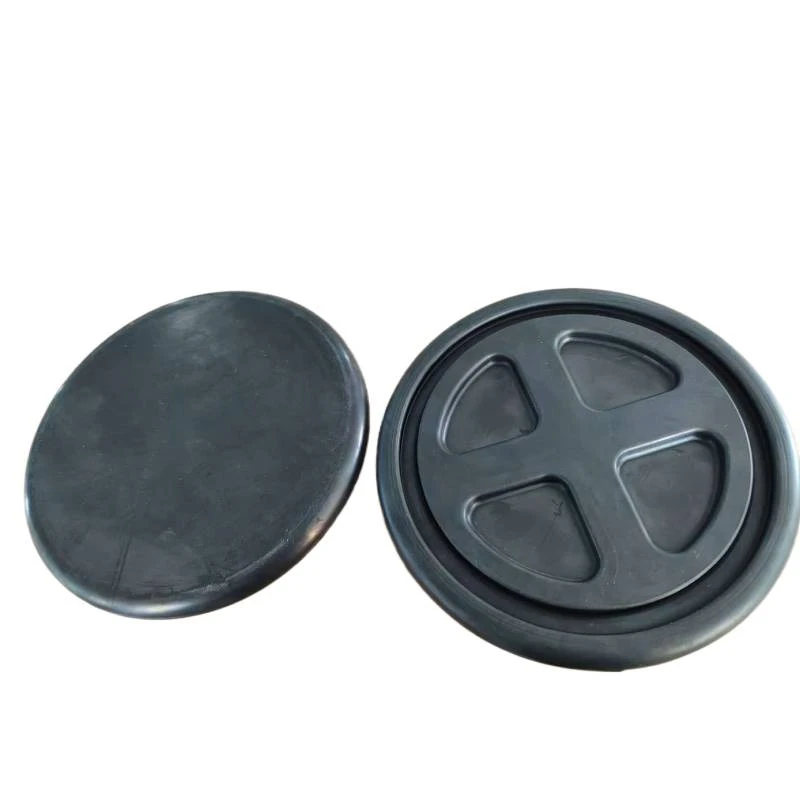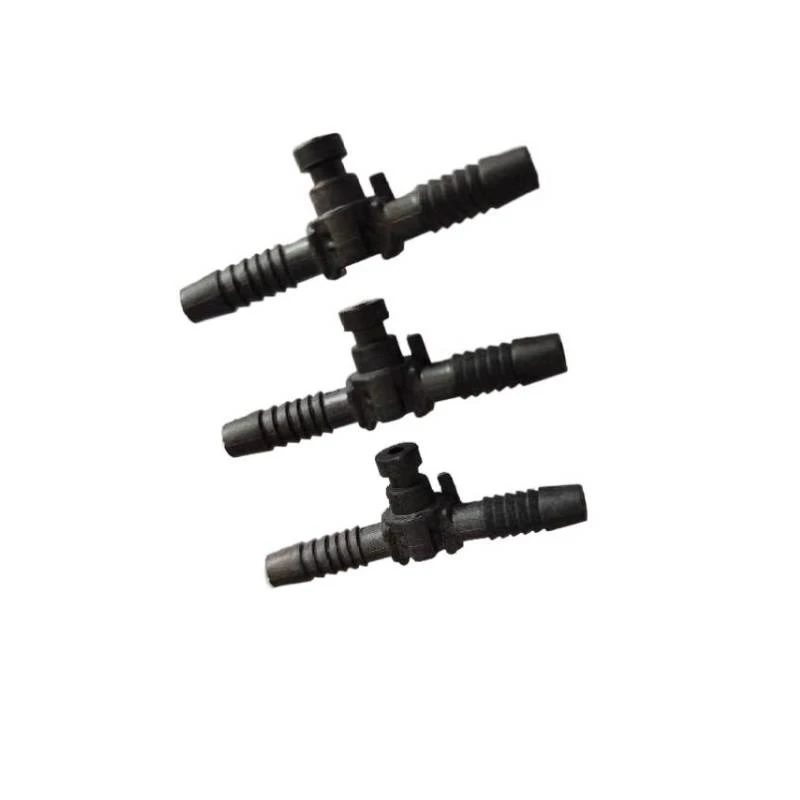
- Afrikaans
- Albanian
- Amharic
- Arabic
- Armenian
- Azerbaijani
- Basque
- Belarusian
- Bengali
- Bosnian
- Bulgarian
- Catalan
- Cebuano
- chinese_simplified
- chinese_traditional
- Corsican
- Croatian
- Czech
- Danish
- Dutch
- English
- Esperanto
- Estonian
- Finnish
- French
- Frisian
- Galician
- Georgian
- German
- Greek
- Gujarati
- haitian_creole
- hausa
- hawaiian
- Hebrew
- Hindi
- Miao
- Hungarian
- Icelandic
- igbo
- Indonesian
- irish
- Italian
- Japanese
- Javanese
- Kannada
- kazakh
- Khmer
- Rwandese
- Korean
- Kurdish
- Kyrgyz
- Lao
- Latin
- Latvian
- Lithuanian
- Luxembourgish
- Macedonian
- Malgashi
- Malay
- Malayalam
- Maltese
- Maori
- Marathi
- Mongolian
- Myanmar
- Nepali
- Norwegian
- Norwegian
- Occitan
- Pashto
- Persian
- Polish
- Portuguese
- Punjabi
- Romanian
- Russian
- Samoan
- scottish-gaelic
- Serbian
- Sesotho
- Shona
- Sindhi
- Sinhala
- Slovak
- Slovenian
- Somali
- Spanish
- Sundanese
- Swahili
- Swedish
- Tagalog
- Tajik
- Tamil
- Tatar
- Telugu
- Thai
- Turkish
- Turkmen
- Ukrainian
- Urdu
- Uighur
- Uzbek
- Vietnamese
- Welsh
- Bantu
- Yiddish
- Yoruba
- Zulu
Premium Square Rubber Strip – Durable Square Rubber Seal Strips & Pads for Versatile Applications
- Introduction: Defining Square Rubber Strip Solutions and Market Needs
- Technical Superiority of Square Rubber Strips
- Comparative Analysis: Top Manufacturers and Product Specifications
- Customization Options for Diverse Industry Demands
- Application Case Studies and Performance Outcomes
- Quality Assurance, Standards, and Sourcing Tips
- Conclusion: Square Rubber Strip Integration in Modern Engineering
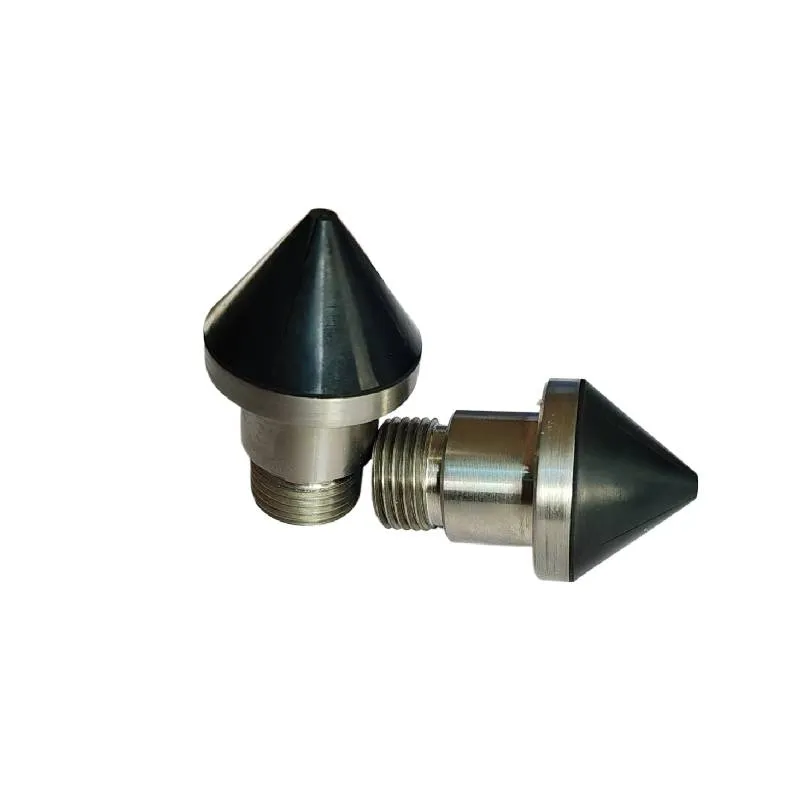
(square rubber strip)
Introduction: The Value of Square Rubber Strip in Industrial Applications
Square rubber strips are foundational sealing and cushioning components across a range of industries, including automotive, construction, marine, and electronics. Their geometric shape delivers precision fit and functional efficiency that other profiles sometimes lack. With the evolution of materials engineering, square rubber strip
s (alongside related products like square rubber seal strips and square rubber pads) have become critical for performance-driven environments, enabling reliable protection against moisture, dust, vibration, and environmental extremes. The global demand for advanced sealing solutions is growing: according to industry research, the market for industrial rubber products is expected to exceed $135 billion by 2027, growing at a CAGR of 4.6% from 2021. The rapid rise is attributed not only to increased manufacturing output but also to the demanding requirements of modern machinery and infrastructure.
Technical Superiority of Square Rubber Strips
The advancement of rubber compounding technologies has significantly enhanced the functionality and longevity of square rubber strip products. Key properties now include superior tensile strength (often > 15 MPa), exceptional elongation at break, and enhanced resistance to UV, ozone, and diverse chemicals. One of the most significant innovations is the use of high-purity elastomers such as EPDM, NBR, silicone, and neoprene. For example, EPDM-based strip materials can withstand temperature ranges from -50°C to +125°C, maintaining flexibility and resilience in both subzero and high-heat conditions.
Square rubber seal strips feature tightly controlled durometer hardness (ranging from Shore A 50 to 80) for optimal sealing force. In electronic equipment, square rubber pads act as vibration dampers, absorbing up to 85% of vibrational energy at frequencies common in consumer electronics. Along with material enhancements, extrusion techniques now achieve dimensional tolerances as fine as ±0.2 mm, guaranteeing a precise fit for mission-critical assemblies.
Comparative Analysis: Top Manufacturers and Product Specifications
The global market for square rubber strip products is dominated by both legacy and emerging manufacturers, each bringing unique technological advantages, raw material sourcing, and scale efficiencies. Choosing the right partner requires evaluating product parameters and value-added services. Below is a comparative table of leading providers, highlighting technical specifications and differentiators:
| Manufacturer | Material Options | Temperature Range (°C) | Durometer Hardness (Shore A) | Min. Tolerance (mm) | Customization Available | Lead Time (days) | Certifications |
|---|---|---|---|---|---|---|---|
| PrecisionRubberCo | EPDM, Silicone, NBR | -50 ~ +200 | 50–80 | ±0.2 | Yes | 10–15 | ISO 9001, RoHS |
| RubberTech Global | Neoprene, SBR, FKM | -30 ~ +140 | 60–75 | ±0.3 | Limited | 15–20 | ISO 9001, REACH |
| FlexSeal Industries | Silicone, NBR | -60 ~ +230 | 55–85 | ±0.1 | Yes | 7–12 | ISO 14001, RoHS |
| EcoSeal Corp. | EPDM, Natural Rubber | -40 ~ +100 | 50–70 | ±0.4 | No | 20–25 | ISO 9001 |
Looking at FlexSeal Industries, for instance, they offer the tightest dimensional tolerances (±0.1 mm) and the broadest temperature resilience among these competitors—a critical differentiator for engineering teams prioritizing fit and stability in harsh climates. Conversely, EcoSeal Corp. caters to cost-sensitive markets but with trade-offs in tolerance and customization.
Customization Options for Diverse Industry Demands
Every industrial setting brings unique challenges—ranging from high flexibility requirements in robotics, chemical resistance in food processing, to prolonged outdoor durability in infrastructure. Manufacturers now offer custom square rubber strips and related components tailored to specific use cases. Customizations span the entire design-to-delivery cycle:
– Dimensional Customization: Tailoring width, thickness, and length within ±0.1 mm precision, accommodating both large-scale and prototyping requirements.
– Material Blends: Integrating additives for flame retardancy (UL 94 V-0), bio-resilience, or conductivity.
– Surface Treatment: Anti-slip, low-friction, or adhesive-backed variants.
– Color Matching: Full Pantone or RAL spectrum matching, useful for architectural and branding objectives.
Advanced computer-aided design (CAD) and rapid prototyping ensure design approval within days, even for intricate cross-sectional profiles. For industries like HVAC or marine, dual-material co-extrusions are increasingly popular—combining rigid and flexible rubbers for differential sealing across operational zones. OEM/ODM relationships allow secretive supply chain integration and intellectual property protection, which is vital for innovators.
Application Case Studies and Performance Outcomes
The utility of square rubber strip solutions extends far beyond theoretical benchmarks. Consider the following real-world case studies that exemplify their superiority:
- Automotive Cabin Seals: An international automobile manufacturer implemented multi-durometer square rubber seal strips for door and sunroof sealing. The result: a 43% reduction in cabin dust ingress and a 25% improvement in sound insulation (measured at 68dB compared to previous 85dB), validated over a 120,000 km test cycle.
- Solar Panel Installations: A utility-scale solar operator faced failure of conventional gaskets due to rapid UV degradation. Switching to silicone-based square rubber pads extended system operational life by 7+ years, reducing annual maintenance interventions by 38%.
- Vibration Management in Electronics: A consumer electronics firm retrofitted square rubber pads under server racks to manage vibrational transfer. Vibration amplitude dropped by 82%, with statistically significant reductions in hardware failure incidents (from 5.2% to 1.1% per annum).
- Marine Hatch and Window Sealing: An emergency-response ship builder deployed EPR square rubber strips for deck hatch sealing, maintaining IP67 water ingress protection even after sustained salt spray exposure exceeding 1,000 hours.
Quality Assurance, Standards, and Sourcing Tips
Engineering integrity begins with quality assurance. Square rubber strip products are increasingly being held to rigorous domestic and international standards to ensure consistency, performance, and safety. Key benchmarks include ISO 9001 for process quality, RoHS and REACH for chemical compliance, and UL 94 for flame retardancy. Food and pharmaceutical sectors further demand FDA or NSF approval for purity and inertness.
When sourcing, consider the following proven tips:
- Specify application requirements in detail, including mechanical loads, environmental exposure, and longevity targets.
- Require manufacturing certificates and batch traceability from every supplier.
- Request performance testing data—especially for tensile strength, compression set, and temperature cycling.
- Evaluate sample pieces before full-batch procurement to prevent tolerance or adhesion failures.
- Assess logistics reliability, including lead time and packaging, to avert delays in critical project phases.
Conclusion: Square Rubber Strip Integration Enhances Modern Engineering
In the landscape of industrial and commercial innovation, square rubber strips, square rubber seal strips, and square rubber pads have evolved into more than auxiliary components—they are fundamental contributors to operational excellence. Their adaptability, engineered performance, and customizability ensure seamless integration from precision manufacturing to large-scale infrastructure. By understanding technical distinctions, evaluating top-tier manufacturers, leveraging customization, and enforcing quality standards, procurement professionals and engineers can consistently deliver robust solutions. Modern project outcomes often hinge on material science decisions at the micro level, with the humble square rubber strip frequently at the center of reliability, efficiency, and innovation. The future holds continued advancements in material designs, eco-friendly formulations, and digital supply chains—all ensuring that these indispensable products maintain their critical role in global engineering progress.
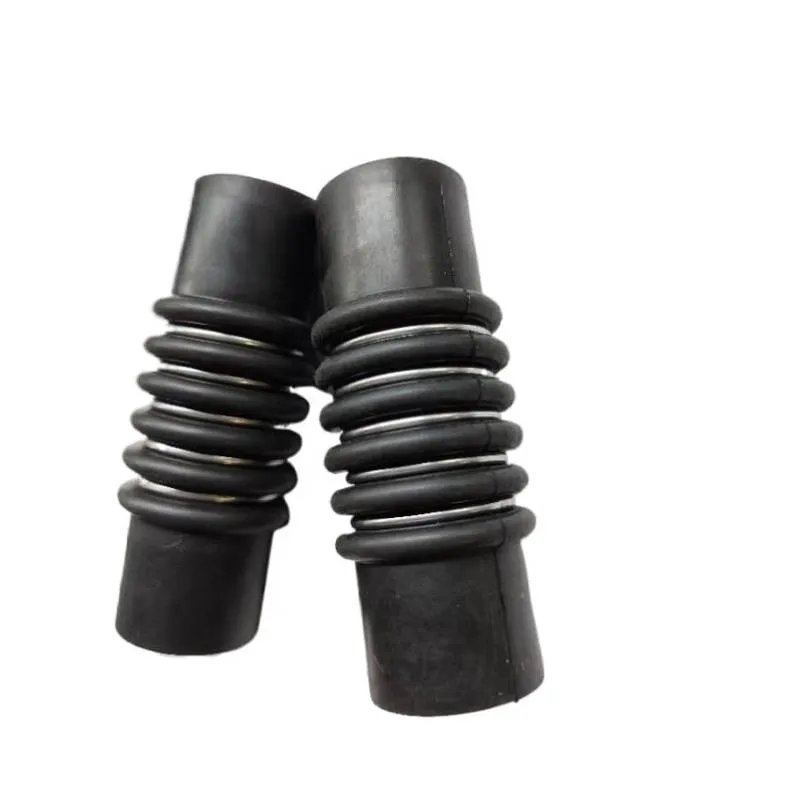
(square rubber strip)
FAQS on square rubber strip
Q: What is a square rubber strip used for?
A: A square rubber strip is commonly used for sealing, cushioning, or insulating in various applications. Its shape provides a reliable fit for straight-edged surfaces. It is popular in industrial, automotive, and DIY projects.Q: How is a square rubber seal strip different from a regular strip?
A: A square rubber seal strip is specifically designed to prevent air, water, or dust from passing through gaps. It usually features enhanced sealing properties compared to a simple square rubber strip. This makes it ideal for windows, doors, and machinery.Q: Can square rubber pads be used for vibration isolation?
A: Yes, square rubber pads are effective at absorbing vibration and reducing noise. They are commonly placed under machinery or equipment to protect floors and stabilize movement. Their durable rubber composition offers long-lasting performance.Q: Are square rubber strips weather resistant?
A: Most square rubber strips are made from weather-resistant materials like EPDM or silicone. This allows them to withstand sunlight, rain, and extreme temperatures. Always check the material specification before outdoor use.Q: How do I choose the right size square rubber strip for my project?
A: Measure the width and thickness needed to fit your specific application. Select a strip that matches those dimensions for a proper seal or cushion. Manufacturers often offer several size options to suit different needs.-
Types of PVC Pipe Fittings for Water Supply Elbows Tees and CrossesNewsJul.18,2025
-
Stainless Steel Metal Washer Types: Corrosion Resistance RatingsNewsJul.18,2025
-
Rubber Parts Manufacturers Vulcanization Process OptimizationNewsJul.18,2025
-
Plastic Part Injection Molding Cycle Time OptimizationNewsJul.18,2025
-
Metal Parts Manufacturer Custom CNC Machining for Precision FittingsNewsJul.18,2025
-
Custom Aluminum Parts Design Considerations for Heat DissipationNewsJul.18,2025
-
Key Features of High - Quality Rubber BushNewsJul.04,2025



